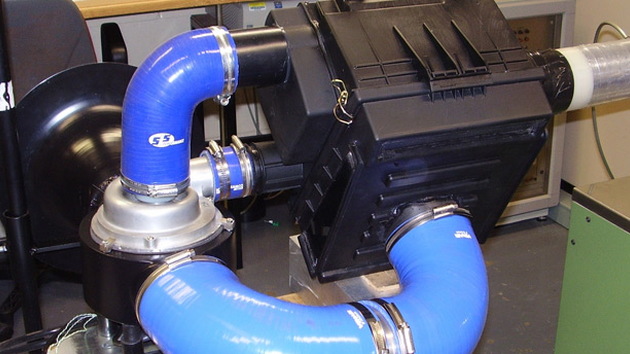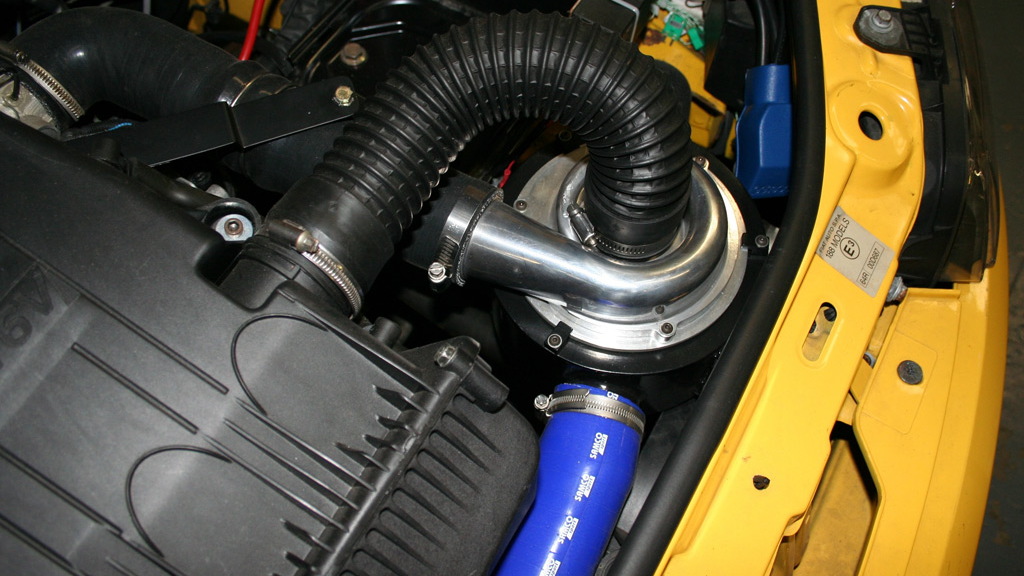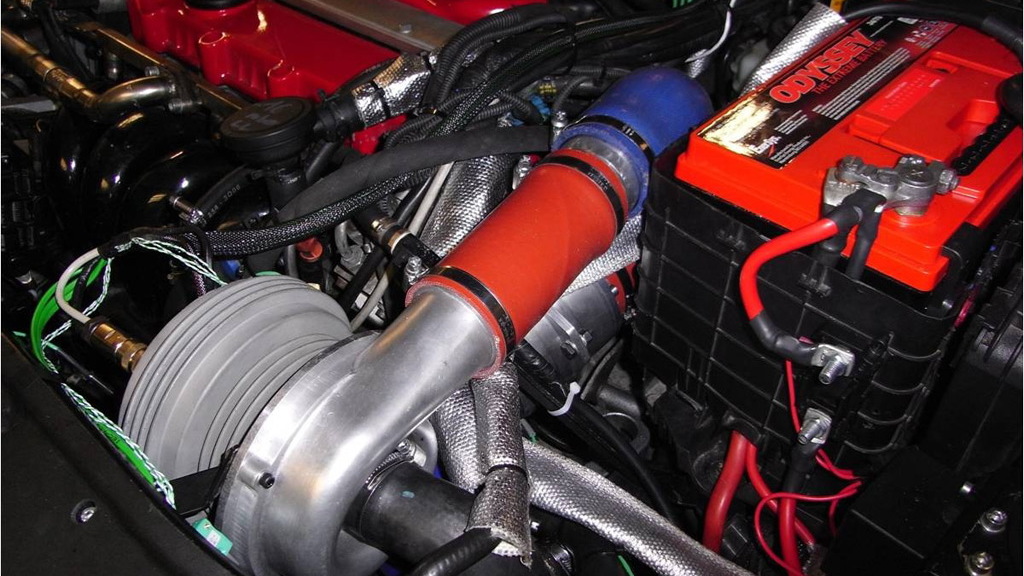In the accelerating quest for greater fuel efficiency, boosting engines--with turbos or superchargers--is one way to pull more power out of a given displacement. Traditionally, superchargers have been driven by chain or belt powered from an engine's crankshaft.
Now, a British engineering firm has introduced the world's first electrically driven supercharger for volume production. It says its new system can improve the fuel efficiency of gasoline engines to the point that they're competitive with diesels of the same power output.
For gas, diesel, even turbo engines
The firm, Controlled Power Technologies (CPT), first revealed its system last year. Known as the Variable Torque Enhancement System, or VTES, the electric supercharger can be applied equally to gasoline and diesel engines.
It can even be used to boost power in engines that are already fitted with turbochargers, including turbodiesels, by providing extra power to compensate for the "turbo lag" while the turbocharger spools up to its full operating speed.
The basics: Super vs turbo charging
Supercharging is simply the process of using a mechanical pump to stuff more air into the engine's cylinders. More fuel is added to keep the gasoline-to-air mixture at the right ratio, so the engine develops more power on every combustion cycle. (Turbocharging, on the other hand, powers a similar pump from a turbine that is driven by escaping hot exhaust gases.)
The nice thing about running the pump electrically is that response time can be far quicker than a mechanical supercharger, which can only spool up as quickly as the engine speed rises.
CPT proudly points out that the VTES system can accelerate from idle to 70,000 rpm in less than one-third of a second--which is what lets it compensate so neatly for turbo lag.
Cheaper than hybrid assist
CPT also points out that its electric supercharger is more cost-effective than a hybrid system that integrates an electric motor of, say, 25 kilowatts into the drivetrain to add torque when required.
The extra power produced by a 197-horsepower 2.0-liter gasoline engine through supercharging can be as much as 33 horsepower (25 kW) at the crankshaft, but the VTES system only needs a standard 12-Volt alternator and battery, eliminating the cost of a hybrid battery pack.
Emissions equivalent to diesels
Together with German powertrain developer AVL List, CPT is now showing a demonstration gasoline engine fitted with VTES that produces emissions and fuel consumption levels no higher than a diesel of the same power.
The engine is a direct-injected 2.0-liter four-cylinder gasoline unit, developing 197 horsepower and 295 pound-feet of torque with the VTES system in place. Its carbon-dioxide (CO2) emissions are 159 grams per kilometer.
By comparison, the 2.0-liter TDI diesel engine that Volkswagen offers in the Passat sedan CPT used for testing puts out 167 horsepower and emits 165 g/km. And VW's non-supercharged, 197-horsepower 2.0-liter gasoline version emits a much higher 194 g/km.
Ready for production
CPT says it will be ready to produce and sell its electric supercharging system to automakers before the end of the year. Thus far, none have announced plans to integrate the system into future engines.
Still, the trend toward converting engine accessories from mechanical to electrical operation continues apace, driven both by the needs of hybrid-electric vehicles and by the lower power consumption of accessories that can be switched on and off as needed.
A crucial accessory is the electric air-conditioning compressor, which has to run even when the engine of a hybrid switches off. One example: The 2010 Ford Escape Hybrid has finally been fitted with an electrically run AC compressor.
CPT's electric supercharger will be one of many different tactics used by automakers to raise gas mileage while maintaining full lineups of vehicles in different sizes and levels of luxury. Others include further electric-drive accessories, direct injection and turbocharging, and smaller but much more efficient engines,
[Company press releases, Motor Authority]
















